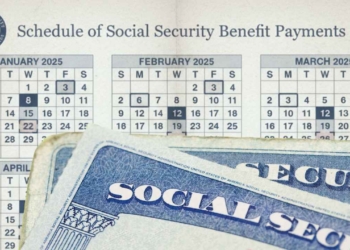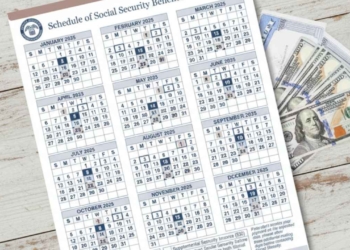Believe it or not, the time to “fall back” is approaching sooner than you may expect. Daylight Saving Time 2025 concludes on Sunday, Nov. 2, at 2 a.m. This year, we’re setting our clocks back a day earlier than last year, marking the second earliest possible date for this transition.
Daylight Saving Time, often referred to as “daylight savings time,” kicks off on the second Sunday in March and wraps up on the first Sunday of November. During this period, we “spring forward,” losing an hour as we transition into DST in the spring. Conversely, in the fall, we “fall back,” gaining an extra hour when DST comes to an end.
So, mark your calendars and enjoy that extra hour of sleep this November!
As the clock strikes the night of Saturday, Nov. 1, most people across the U.S. will be busy turning back their clocks by one hour. This annual ritual grants an extra 60 minutes of either precious sleep or delightful fun. With this change, expect more daylight in the morning, even though the evening darkness will creep in earlier.
Preparing Your Clocks
For those with manual clocks, it’s a good idea to set them back an hour before heading to bed on Saturday night. This ensures that when you wake up, all your clocks will reflect the accurate time. Meanwhile, for digital devices like computers, cell phones, and TVs, there’s no need to worry. These devices will update automatically at 2 a.m. on Sunday, effortlessly rolling back an hour.
The Impact of Gaining an Hour
The Associated Press notes that gaining an hour is generally easier on people than losing one, though our internal clocks will still need time to adjust. Research suggests that heart attacks and strokes tend to rise right after Daylight Saving Time (DST) begins in March. As the days grow shorter in fall and winter, sleep difficulties and depression, including seasonal affective disorder, can become more prevalent.
As the time approaches for the annual clock adjustment, experts advise easing into the transition by gradually shifting your bedtime in the days leading up to the change. Strive to soak up as much sunshine as possible to help recalibrate your circadian rhythm, ensuring a healthy, restful night’s sleep.
Importance of Safety During Daylight Saving Time
Daylight Saving Time isn’t just about adjusting your sleep schedule. It’s also an important reminder to check or replace the batteries in your smoke detectors. According to the Firemen’s Association of the State of New York, it’s crucial to change these batteries when you change your clocks. Astonishingly, 60 percent of home fire fatalities happen in residences without functional smoke alarms.
The Historical Roots of Daylight Saving Time
Daylight Saving Time was initially introduced during World War I as a strategy to conserve fuel for war industries. Although the law was repealed after the war, it was reinstated during World War II to manage energy consumption more effectively. In 1966, President Lyndon B. Johnson signed the Uniform Time Act, making Daylight Saving Time a part of U.S. law. This act established consistent start and end times across standard time zones. Regulated by the Department of Transportation, the policy aims to conserve energy, reduce car crashes, and decrease crime rates.
Some states in the U.S. choose not to adjust their clocks for Daylight Saving Time. Notably, Arizona (with the exception of the Navajo Nation), Hawaii, and various U.S. territories such as Puerto Rico, Guam, American Samoa, the Northern Mariana Islands, and the U.S. Virgin Islands maintain Standard Time throughout the entire year. In contrast, other states, including New York, alternate between Standard Time and Daylight Saving Time.
The Debate Over Daylight Saving Time
In 2022, the U.S. Senate approved a bipartisan initiative known as the Sunshine Protection Act. This bill aimed to address the ongoing debate about whether to maintain Standard Time year-round or make Daylight Saving Time permanent. However, the bill stalled in the House due to a lack of consensus among lawmakers.
Efforts at the State Level
Similar efforts have been made within the New York state legislature. Several bills have been proposed to put an end to the biannual clock changes in the Empire State. Despite these efforts, no significant progress has been achieved thus far.





